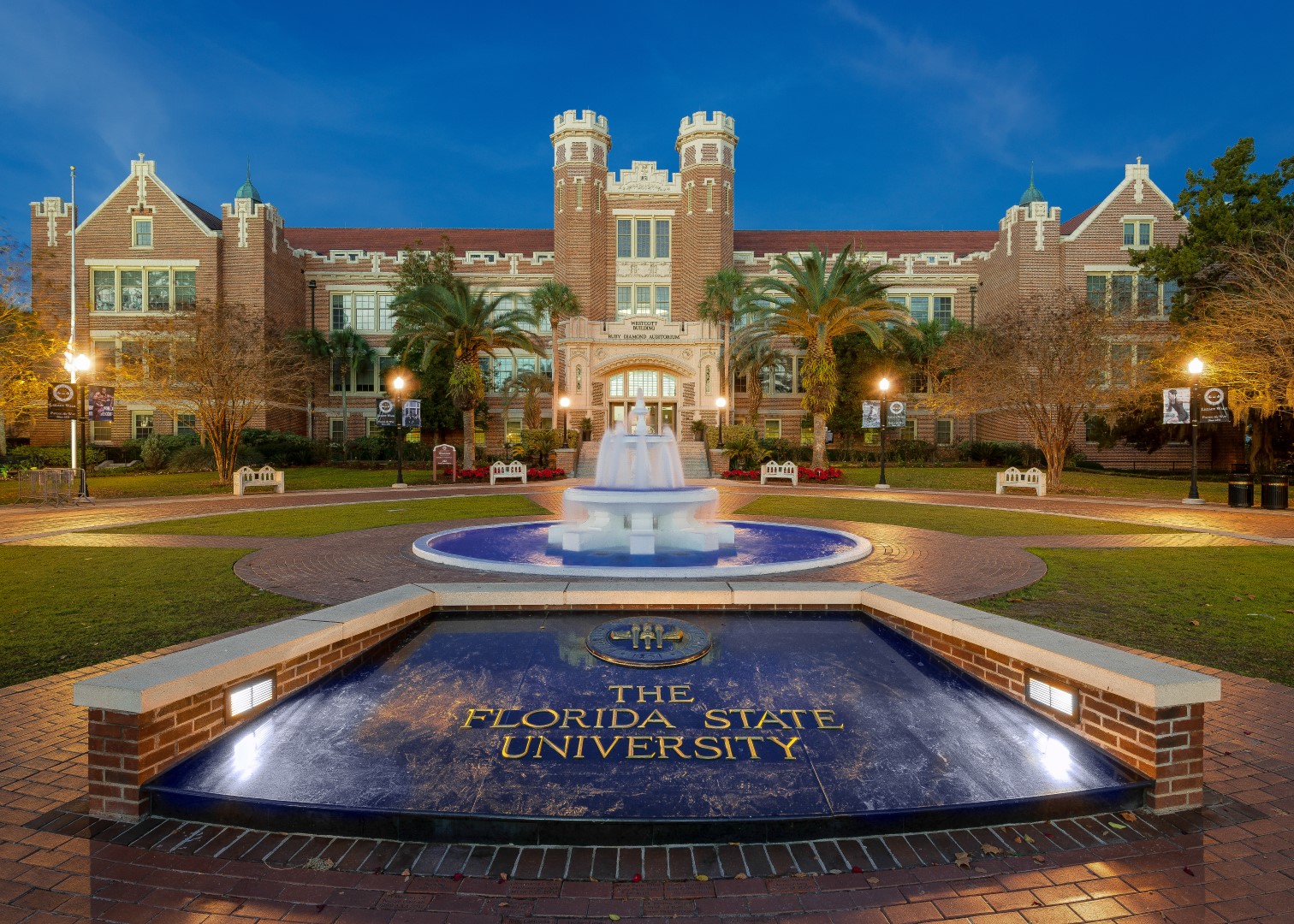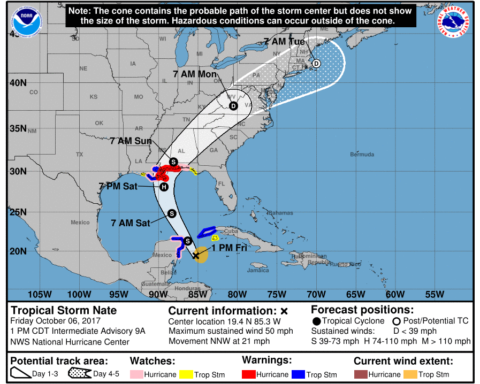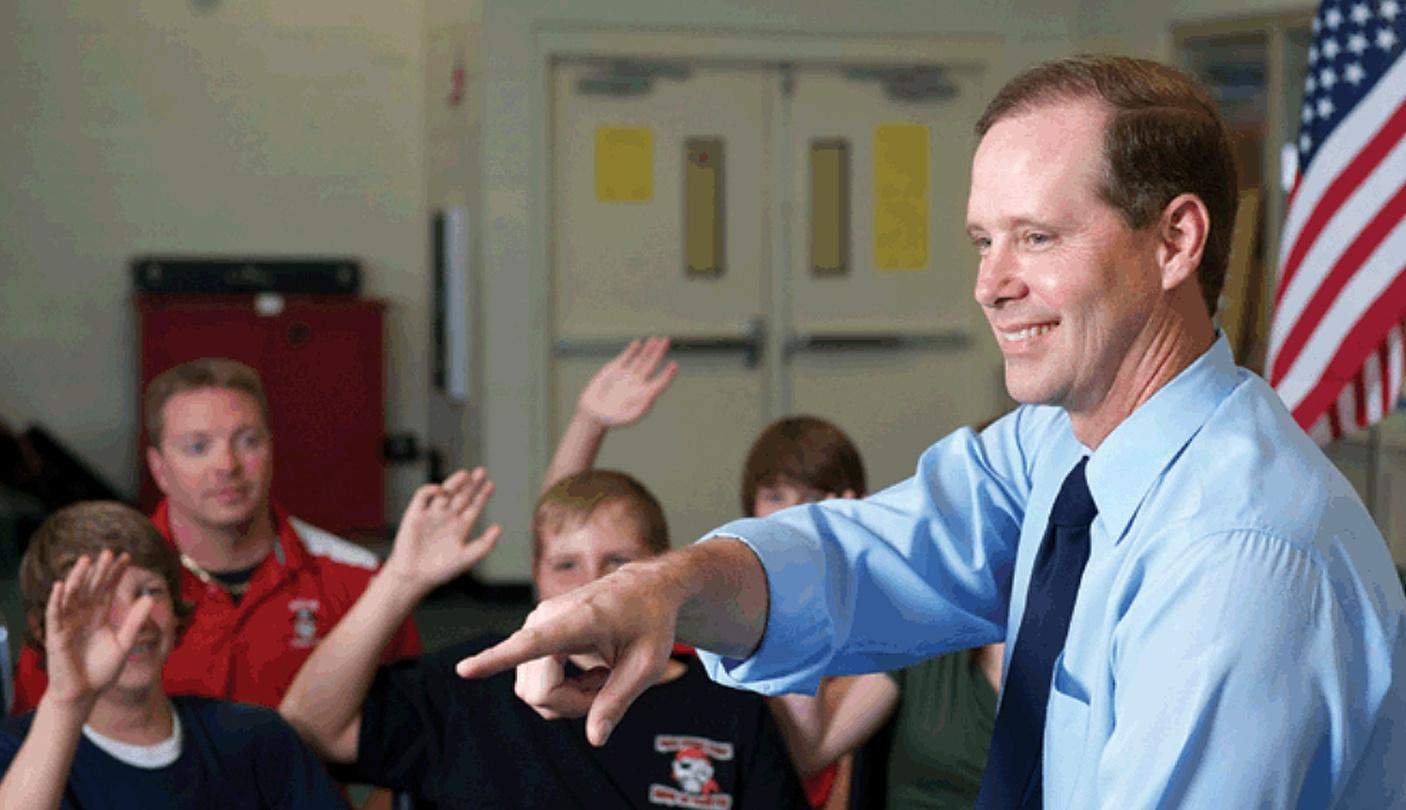Thanks to reconnaissance by a neighbor who stayed behind, Pam Szymanksi knows Hurricane Irma blew out the living room window of her southwest Florida home, but she isn’t sure when she’ll get to see the damage for herself.
“All I know is we have to check out of here tomorrow, because they’re booked,” she said Monday, sitting in the lobby of a downtown Atlanta hotel where she arrived with her mother, two children and two dogs. A hotel reservation in Valdosta, Georgia, is next, Szymanksi said, but that’s still 350 miles from their home in Fort Myers.
“I don’t want to run into closed roads,” she said, “but I want to get home and start cleaning up.”
Szymanski’s family helped make up one of the largest storm evacuation efforts in U.S. history, after Gov. Rick Scott urged more than 6.5 million residents, one out of four of his constituents, to leave.
Now, with Irma advancing inland, a potential reverse migration from across the Southeast raises new worries of jammed roadways amid uncertain gasoline supplies, empty grocery store shelves, standing water and widespread power outages that in heavily damaged areas could last for weeks.
Scott cautioned evacuees not to rush back home.
“Storm impacts can continue well after the center passes,” the governor said from his official Twitter account, asking residents to follow local officials’ advice on when to return. He later retweeted FEMA’s warning that Irma involves “disruptions to daily activities” long after it passes.
That’s not necessarily a message Floridians want to hear, even as they contemplate reliving the day-long and overnight drives they endured just days ago.
In Winston-Salem, North Carolina, Rea Argonza was worried about money as she mapped out her return plans.
“Staying here, it’s been like a financial strain,” said Argonza, who traveled with her husband and five children from St. Augustine, Florida, to two hotel rooms 500 miles away near the Wake Forest University campus. “We’re up to almost a thousand dollars now. I do believe this whole expedition is going to be almost $3,000.”
Republished with permission of The Associated Press







